Search Results for 'Angela Bourke'
11 results found.
Strange visions and beliefs in the west of Ireland

Until recent times there was widespread belief in fairies; both the malignant and the more innocent kind. Many people believed that the fairies would steal away certain children, or an adult, and replace them with a changeling. These beliefs were mostly found in rural communities; and were often an attempt to explain, or to invite compassion or ‘kindness’ for a handicapped child, or someone who was temporarily ‘not themselves.’ The phrases used to describe this transformation are various; but locally included the words ‘touched’, or ‘swept’, or ‘taken’.
The Coole door knocker will rat-a-tat-tat once again

How many famous people lifted that heavy brass knocker on the door of Lady Augusta Gregory’s home at Coole, Co Galway, and gave it a resounding rat- a -tat -tat? It resounded again last weekend with all the authority of a grumpy judge’s gavel. The writer and broadcaster John Quinn, chairman of the 19th Autumn Gathering, used it to great effect to keep speakers to their time, and to summon people to the next event.
Lady Gregory Autumn Gathering to celebrate women writers
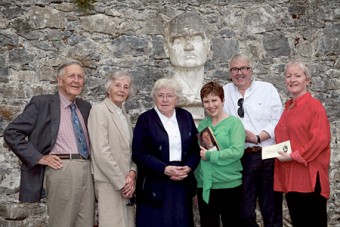
The Lady Gregory Autumn Gathering, now in its 19th year, will this year include a tribute to women writers around the world. This year’s event will take place in Coole Park over five days in October.
Lady Gregory Autumn Gathering to celebrate women writers
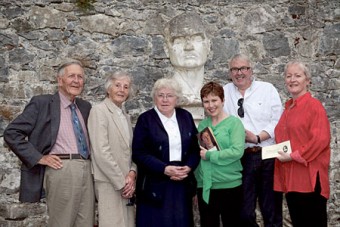
The Lady Gregory Autumn Gathering, now in its 19th year, will this year include a tribute to women writers around the world. This year’s event will take place in Coole Park over five days in October.
‘A degree of darkness in the mind’

Remarkably, and that is a word already used in this drama, the court accepted Michael Cleary’s plea of manslaughter. He was charged with the murder of his wife Bridget by burning her to death, but the jury accepted that Cleary had really believed that his wife had been transformed into a ‘changeling’ by the fairies; and it was only a concoction of herbs and fire that would release her from its spell.
The ‘savage’ Irish peasant unfit for Home Rule
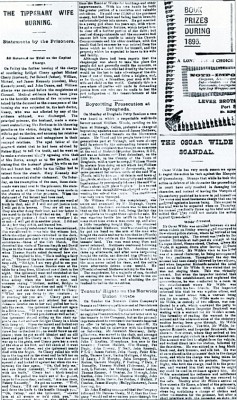
During the 1880s and ‘90s a series of Land Acts gradually diffused the sometimes bitter animosity that had grown between landlord and tenant. Over the years new and imaginative legislation dramatically improved the status of the tenant. Improvements for the tenant, however, were gained at the disadvantage of the landlord class. In many cases the Unionist landlord vigorously resisted change. During this bitter time landlords and their agents were murdered, animals were maimed and let loose to wander; there was ‘boycotting’, and heartless evictions. Practically every town and village had its RIC station. These were the eyes and ears of Dublin Castle. Any suspect person, or any unusual activity, was reported. On April 6 1895 RIC district inspector in Kilkenny, Pierris B Pattison, sent a report to Dublin Castle, with photographs, on a case ‘that is remarkable’ and which has caused ‘much public interest and local excitement.’
‘Amongst Hottentots one would not expect to hear of such an occurrence’
When the Kilkenny essayist Herbert Butler came to write about the burning of Bridget Cleary in 1960 he acknowledged that Slievenaman was always known for its mysterious past. Looking across the Tipperary border from his fields, he described it as ‘a pale blue hump with the soft, rounded contours of ancient hills whose roughness have been smoothed away by time. Finn MacCool lived there as did Oisin and Oscar, and 50 beautiful maidens, who gave it its name The Mountain of Women.’ In Bridget Cleary’s time, it was also the home of Denis Ganey, the local herbal doctor, and a man respected and feared for his knowledge of fairylore. It was to this house that Michael Cleary ran to on the afternoon of Thursday March 14 1895. He pleaded for a cure for his wife whom he believed had been taken by the fairies, and replaced by a woman that was not the Bridget Boland he had married.
‘That is not Bridgie Boland!’
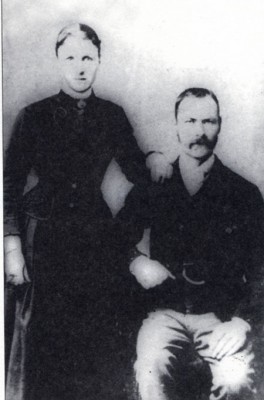
On Monday March 4 1895, Bridget Cleary, walked up a hill to Kylenagranagh, the home of her father’s cousin Jack Dunne, who lived with his wife Kate, to sell eggs. The Dunne’s house, less than two miles from her slate-roofed labourer’s cottage at Ballyvadlea, Co Tipperary, was near an ancient circular mound of earth, or a ring fort, still known in rural Ireland as a ‘fairy fort’. Maybe it was because of the location of his house, or because of his skill as a story teller, a ‘Shanachie’, and that he had a limp, that Dunne had the reputation for being ‘an old man who is fairy-ridden’. People believed the local legend that he was once ‘chased up to his home by a man in black, and a woman in white’. He had knowledge of incantations, charms, and spells, and was sometimes consulted for a cure for animal or female sicknesses.
Has Sir William Gregory been brought in from the cold?
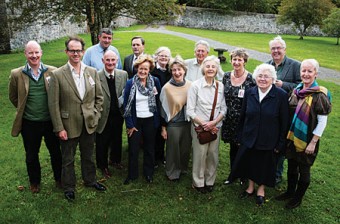
Sir William Gregory of Coole, Co Galway, and the husband of Lady Augusta in his later years, has been vilified unfairly by historians and commentators, said Brian Walker, professor of Irish Studies at Queen’s University last weekend. As the member of parliament who introduced the so called ‘Gregory clause’ as the Great Famine raged through the land, he did so for humane motives; but it was exploited by some ruthless landlords to clear their land.
Lelia Doolan to launch Lady Gregory Autumn Gathering next week
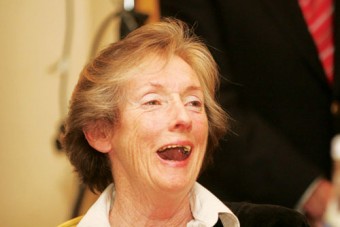
Lelia Doolan, the renowned film producer, lecturer, theatre director, and a woman whose energy fizzles if confronted by a cause she feels needs a champion, will launch the 17th Lady Gregory Autumn Gathering on Friday September 23.

